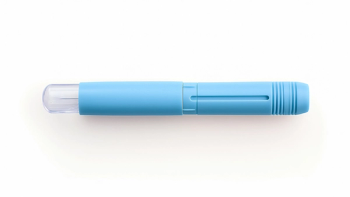
- Applied Clinical Trials-05-01-2012
- Volume 21
- Issue 5
Non-Enrolling and High-Enrolling Site Data
Medidata Solutions
Site performance is a critical factor in the success of any clinical trial. Sponsors are continually looking for ways to better track site performance and minimize the number of sites that fail to enroll a patient. To that end, Medidata has tracked two metrics related to the performance of investigative sites, the percentages of both non-enrolling and high-enrolling sites. A non-enrolling site is a site that actively participated in a clinical trial but failed to recruit any patients.
Nearly one-third of sites performing clinical trials never enroll a single patient.
Non-enrolling sites contribute significantly to both study delays and unnecessary costs. Drawn from the more than 2,000 studies in the Medidata InsightsTM metric warehouse, the non-enrolling site performance metric shown in the graph illustrates that nearly one-third of sites performing clinical trials never enroll a single patient. While Asia Pacific is clearly the best performing geographic region at just more than 17%, in certain geographies the percentage is over 40%.
At tens of thousands of dollars in site initiation and maintenance costs per site, wouldn't it be nice to be able to eliminate or at least reduce the number of non-productive sites? What can be done to drive better site selection and performance? We'd love to hear your take on these results.
Please continue to stay tuned as we look further into Insights data throughout 2012.
—Medidata Solutions,
Articles in this issue
over 13 years ago
Applied Clinical Trials Digital Edition - May 2012over 13 years ago
Ethics is all the Rage in Europeover 13 years ago
It's All Change at the Top for EMAover 13 years ago
Mentoring New Employeesover 13 years ago
HTAs: Using Endpoints in Clinical Trialsover 13 years ago
Real-World Clinical Testing Challengesover 13 years ago
Are Phase Labels Still Relevant?over 13 years ago
FDA's Safety Data Collection Draft Guidanceover 13 years ago
A Financial Case for Loyalty Managementover 13 years ago
Enrollment Performance: Weighing the "Facts"Newsletter
Stay current in clinical research with Applied Clinical Trials, providing expert insights, regulatory updates, and practical strategies for successful clinical trial design and execution.






.png)



.png)



.png)
.png)
